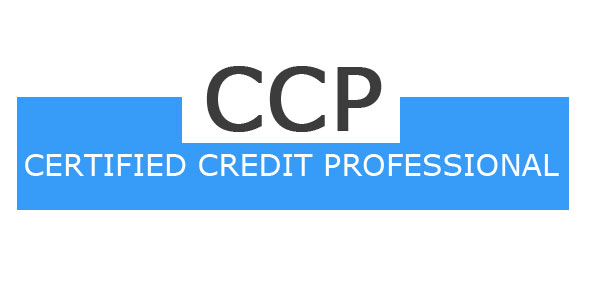Job Analysis Doc And Eval 1
- CCP
- SHRM
2.
You may optionally provide this to label your report, leaderboard, or certificate.
×
Thank you for your feedback!
















